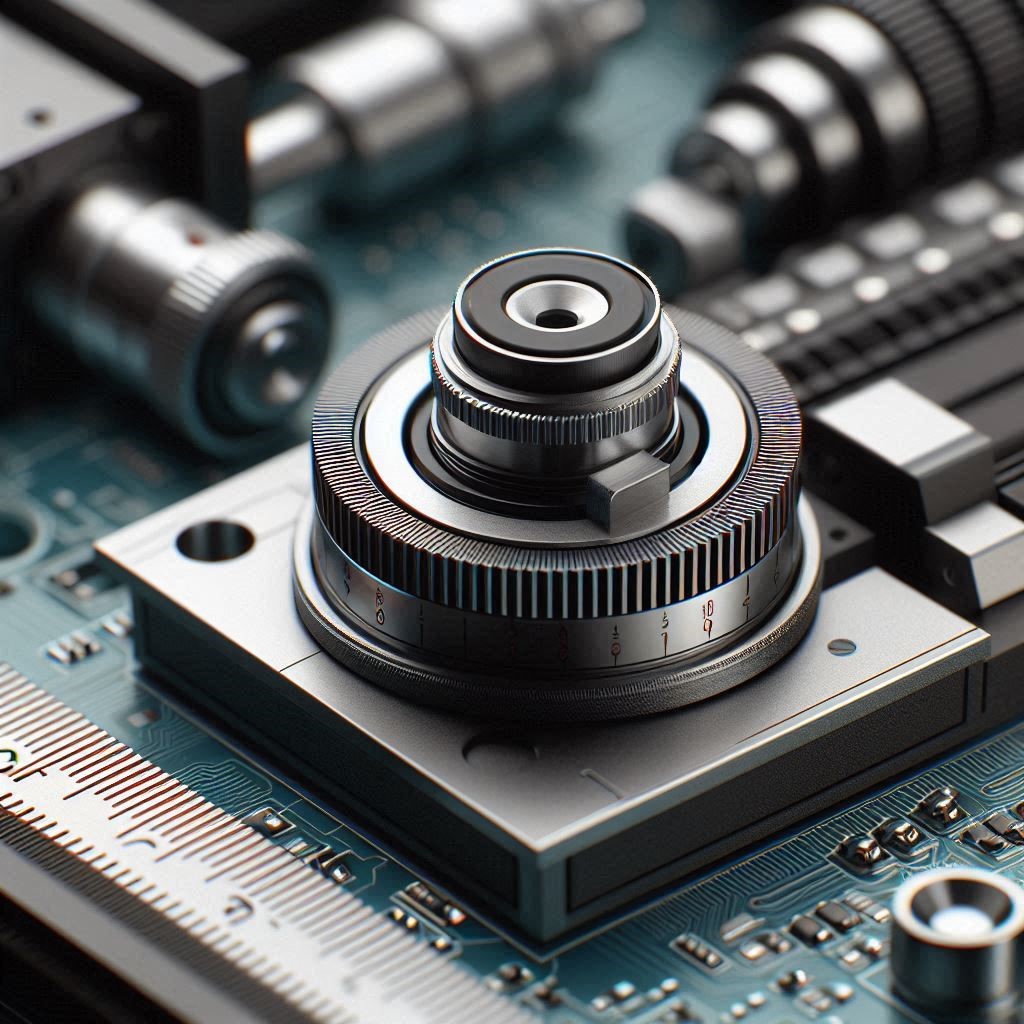The encoders market size is a pivotal component of the industrial automation landscape, with applications spanning from machinery control to automotive systems and consumer electronics. As technology advances and industries seek enhanced precision and efficiency, the demand for encoders continues to grow. This article provides an in-depth analysis of the encoders market share, examining key trends, market drivers, and future prospects.
The encoder market size is projected to grow from USD 2.7 billion in 2023 and is projected to reach USD 4.5 billion by 2028; it is expected to grow at a CAGR of 11.0% from 2023 to 2028. The increasing adoption of encoders in energy harvesting applications and the growing expansion of automotive markets worldwide are among the key factors driving the encoder market. Furthermore, innovative technologies in the automotive and UAV industries are expected to create lucrative opportunities for the market.
The encoders market size is experiencing robust growth, driven by advancements in technology, increasing industrial automation, and expanding applications across diverse sectors. To better understand the market dynamics, it’s essential to analyze growth trends and the various types of encoders available. This section delves into the growth analysis and categorizes the different types of encoders.
Encoders Market Growth Analysis
- Technological Innovations:
- Advancements in Encoder Technology: Technological innovations in encoder design, such as higher resolution, improved accuracy, and miniaturization, are propelling market growth. Developments in digital and optical encoders are enhancing their performance and expanding their applications.
- Integration with Emerging Technologies: The integration of encoders with IoT, AI, and smart technologies is creating new growth opportunities. IoT-enabled encoders provide real-time data and analytics, facilitating smarter operations and predictive maintenance.
- Industrial Automation:
- Increasing Adoption of Automation: The rise of Industry 4.0 and the growing adoption of automation technologies across industries such as manufacturing, automotive, and aerospace are driving demand for encoders. Encoders are critical for precise control and feedback in automated systems.
- Expansion in Emerging Markets: Emerging markets, particularly in Asia-Pacific and Latin America, are witnessing significant industrialization and infrastructure development. This expansion is driving the demand for advanced automation solutions, including encoders.
- Precision Engineering:
- Demand for High Precision: Sectors requiring high precision, such as aerospace, medical devices, and automotive, are increasingly adopting encoders. Encoders are essential for achieving the accuracy and reliability needed in these applications.
- Focus on Energy Efficiency: The growing emphasis on energy efficiency and sustainability is driving the adoption of encoders. By optimizing machinery performance, encoders help reduce energy consumption and operational costs.
- Consumer Electronics:
- Expanding Applications: The use of encoders is expanding beyond traditional industrial applications into consumer electronics. Encoders are increasingly incorporated into devices like gaming controllers, camera systems, and home automation products, driving market growth.
- Regulatory and Compliance Factors:
- Stricter Standards: The enforcement of stricter safety and regulatory standards across industries is encouraging the adoption of encoders for routine inspections and compliance. Encoders provide reliable feedback mechanisms that help ensure equipment safety and performance.
Download PDF Brochure @ https://www.marketsandmarkets.com/pdfdownloadNew.asp?id=14566162

Types of Encoders
- Rotary Encoders:
- Incremental Encoders: Incremental encoders provide information about the change in position or speed of a rotating object. They are widely used in applications where relative position feedback is sufficient. Common uses include motors, robotics, and conveyor systems.
- Absolute Encoders: Absolute encoders provide a unique position value for each point of rotation, ensuring accurate position feedback even after power loss. They are used in applications requiring high precision and reliability, such as aerospace and high-end automation systems.
- Linear Encoders:
- Magnetic Linear Encoders: Magnetic linear encoders use magnetic fields to measure linear position and displacement. They are known for their robustness and durability, making them suitable for harsh environments and high-speed applications.
- Optical Linear Encoders: Optical linear encoders use light beams to measure linear displacement. They offer high accuracy and resolution, making them ideal for applications in precision engineering and high-performance machinery.
- Hybrid Encoders:
- Combination of Technologies: Hybrid encoders combine different sensing technologies, such as optical and magnetic, to provide enhanced performance characteristics. They offer advantages in terms of accuracy, resolution, and robustness, catering to demanding applications.
- Absolute vs. Incremental Encoders:
- Absolute Encoders: Provide exact position data at any point in time, ensuring accuracy and reliability. They are often used in systems where maintaining the position after power interruptions is crucial.
- Incremental Encoders: Measure the change in position and are used where relative position information is sufficient. They are typically more cost-effective and simpler to implement.
- Specialty Encoders:
- Enclosed Encoders: Designed to operate in harsh environments, enclosed encoders offer protection against dust, moisture, and extreme temperatures. They are used in applications such as heavy machinery and outdoor equipment.
- Miniature Encoders: These encoders are compact and designed for use in space-constrained applications. They are commonly used in robotics, medical devices, and consumer electronics.
The encoders market size is experiencing significant growth due to technological advancements, increased industrial automation, and expanding applications across various sectors. Key trends driving this growth include the integration of encoders with emerging technologies, rising demand for precision engineering, and expanding use in consumer electronics. The market offers a range of encoder types, including rotary, linear, hybrid, and specialty encoders, each suited to different applications and performance requirements. As industries continue to evolve and embrace automation, the demand for advanced encoders will remain strong, contributing to the ongoing expansion and development of the market.
